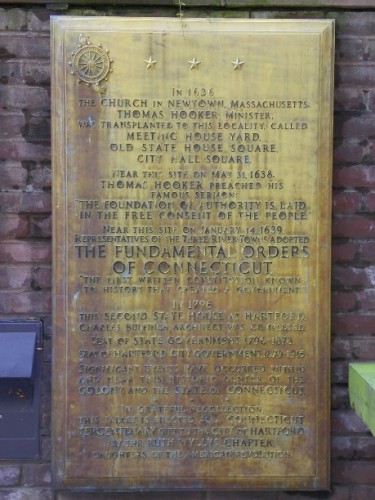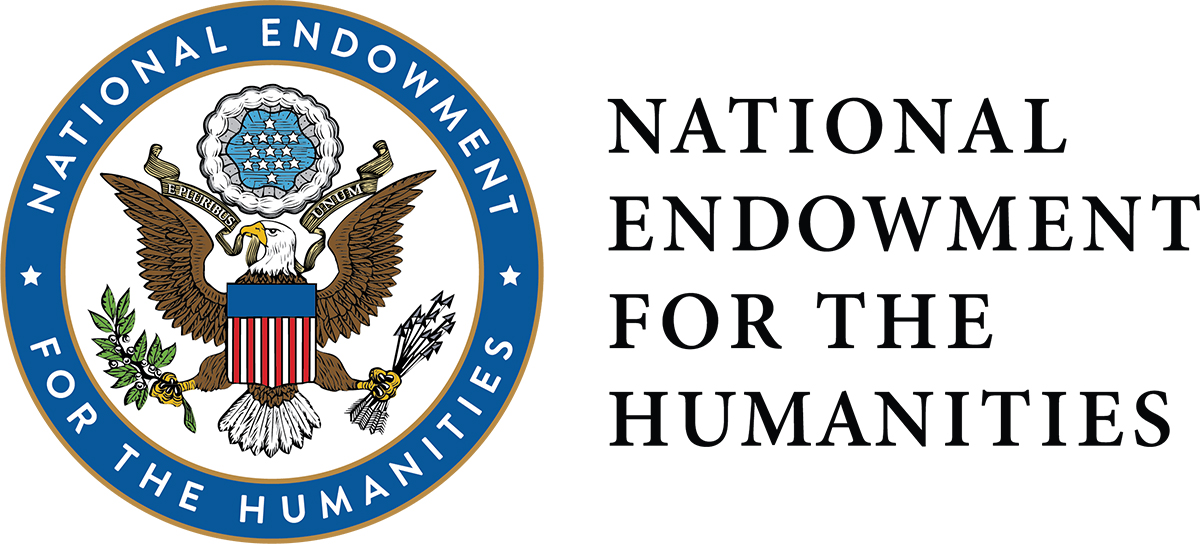By John Morrison
Any discussion regarding the ideas used to create the US Constitution often begin with the Fundamental Orders of Connecticut. As what is arguably the first written constitution in the Western world, the Fundamental Orders served as a model, first for other state constitutions, and then eventually for the nation. Relying largely on a philosophy promoted by Hartford founder, the Rev. Thomas Hooker, the Fundamental Orders of Connecticut supported rule through “the consent of the governed.” The concept made such an impression on Thomas Jefferson that the Virginian inserted those words in the Declaration of Independence.
The Fundamental Orders
After creating a General Court in 1637 to rule over Hartford, Windsor, and Wethersfield, political leaders agreed the framework for their government needed to be written and approved by representatives of the people. Adopted in January 1639, the Fundamental Orders of Connecticut stated the powers and limits of government. The preamble of the Fundamental Orders officially formed a confederation under the guidance of God—standing in stark contrast to today’s ideas about the separation of church and state. Some 11 orders followed, ranging from setting rules for scheduling meetings and holding elections by free men using secret ballots to giving the governor and the six elected magistrates “power to administer justice according to the laws here established” in the General Court. In addition, the Fundamental Orders required each town to elect four “deputies” to create a legislative branch. The last of the decrees gave the emerging colony the power to tax.
John Morrison teaches US history at Moran Middle School in Wallingford, is a participant in the Teaching American History program of the US Department of Education, and a Civil War re-enactor with Company F 14th Connecticut Volunteer Regiment. He holds a BA from New England College as well as an MA and Sixth Year Professional Diploma from Southern Connecticut State University.









